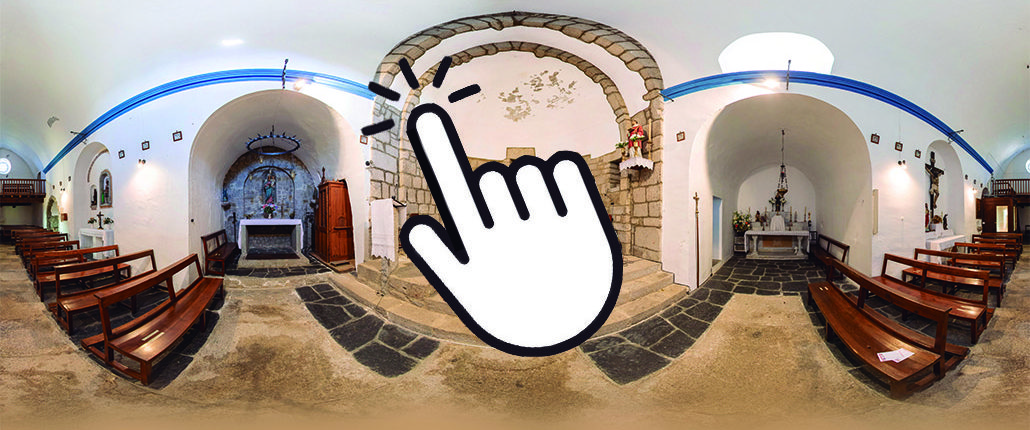Description
You are in front of a 12th century Romanesque building in the Cerdanya. The quality of the ashlars, with which it is built, forces us to dispense with the laterally added side bodies and a dirt-like bill.
The apse is divided into five locks by two half-columns and two attached pilasters that start from the plinth and end in decorated capitals that are delivered to the frieze of gear teeth, which is supported by also decorated corbels. The apse has two windows, the southern one (hidden), and the central one decorated with half balls.
The south façade has a cornice that rests on sculpted corbels, mainly heads of different sizes and invoices. Here we find the magnificent portal, the most monumental of those preserved in La Cerdanya. It is sculpted in a protruding body and topped by a dust cover on corbels. It consists of four degraded archivolts with 3 toric arches resting on columns of sculpted capitals. The middle arch features the sculpted motif of a rolled ribbon and the first archivolt is decorated with a checkerboard followed by a bead with half balls. It still has three corbels that support the porch.
The Prado Museum in Madrid preserves the 13th-century polychrome wooden altar front from this church, where the central Pantocrator is surrounded by four scenes, two depicting the life of St. Stephen and the others evangelists.
Virtual tour
Descriptive audio of the church
Listen to the phrase to know what the church of Sant Esteve de Guils de Cerdanya is like.
Legends
Do you want to know the legends of our region ?






